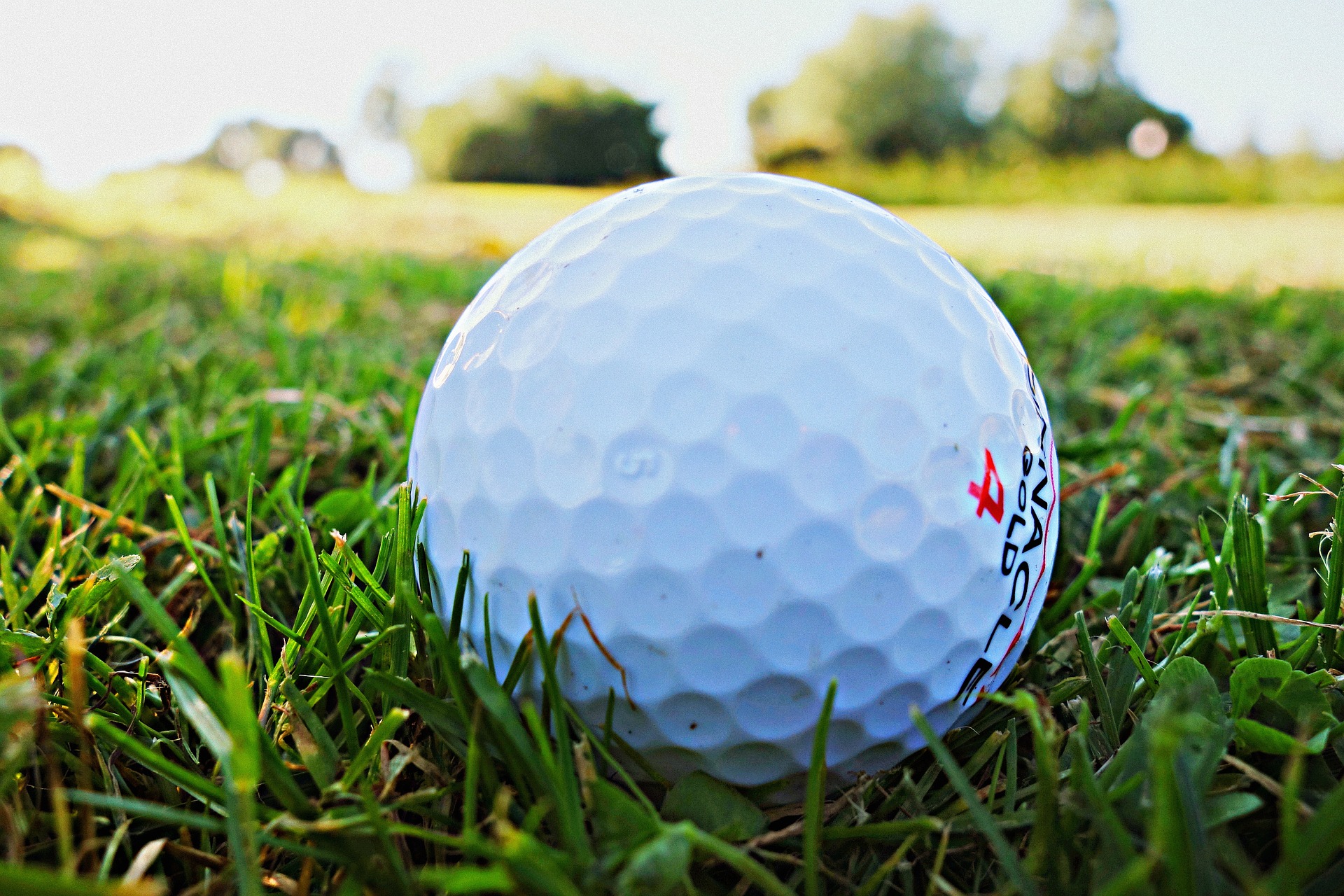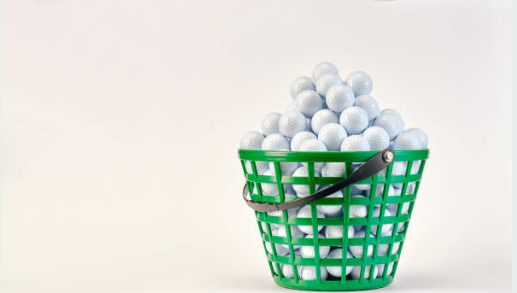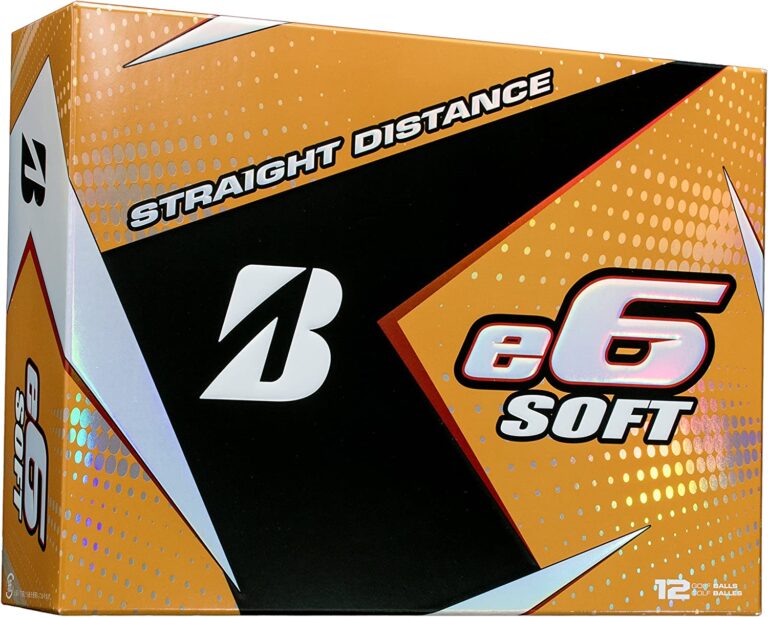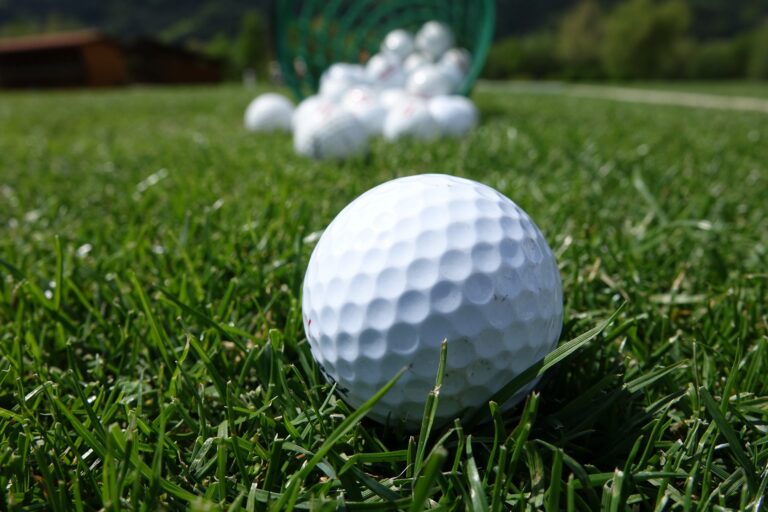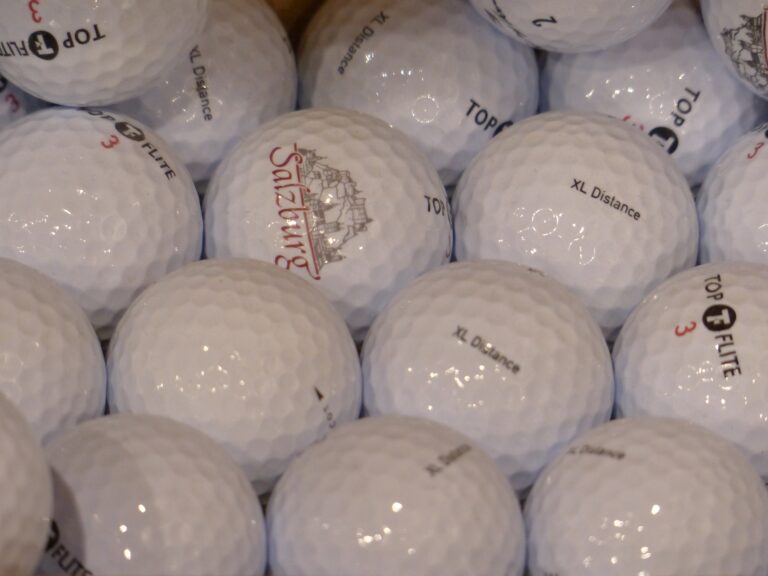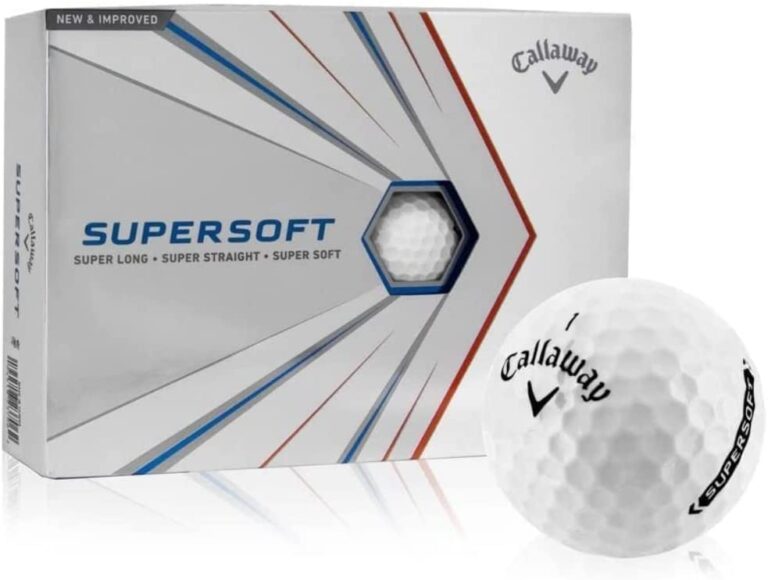How many dimples are on a golf ball
Well, folks, it’s time to tackle a question that has probably kept you up at night: How many dimples are on a golf ball?
This seemingly innocent question might leave you scratching your head, but fear not, for we are here to uncover the truth about these fascinating little craters.
So, buckle up, as we take a journey through the world of golf ball dimples, examining their history, importance, and influence on your golf game.
The Birth of the Dimple: A Brief History

A Happy Accident
Golf balls have come a long way since their humble beginnings. Believe it or not, they weren’t always the sleek, dimpled spheres we know and love today.
In fact, early golf balls, called “featheries,” were made of leather and stuffed with feathers. As you can imagine, they didn’t exactly fly like a dream.
It wasn’t until the 19th century that gutta-percha balls, made from the sap of the gutta tree, became popular.
Golfers soon noticed that the more scuffed and nicked their gutta-percha balls became, the better they flew. It was a eureka moment, and golf ball manufacturers started experimenting with different patterns to improve performance.
Dimples Take Center Stage
By the early 20th century, dimples had stolen the spotlight. The Haskell ball, invented by Coburn Haskell, boasted a rubber core wrapped in rubber thread and covered with a dimpled gutta-percha surface. The rest, as they say, is history.
How Many Dimples are on a Golf Ball, Anyway?
Now that we’ve delved into the history of golf ball dimples, let’s get down to brass tacks and answer the burning question: How many dimples are on a golf ball?
The Short Answer: It Depends!
There’s no one-size-fits-all answer to this question, as the number of dimples on a golf ball can vary. Typically, you’ll find anywhere between 300 to 500 dimples on a standard golf ball. Some balls even boast over 1,000 dimples!
Factors Influencing Dimple Count
There are a few factors that can influence the number of dimples on a golf ball:
- Manufacturer preferences
- Dimple size and depth
- Aerodynamic design
Ultimately, manufacturers are constantly tweaking their golf ball designs to optimize performance. So, the number of dimples on a golf ball isn’t set in stone.
Why Dimples Matter: The Science Behind the Scenes
You might be wondering, “Why are dimples so important in the first place?” Well, let’s dive into the science behind these mysterious little indentations.
It’s All About Aerodynamics
Dimples on a golf ball are crucial for one main reason: aerodynamics. By creating turbulence around the ball, dimples reduce air resistance and allow the ball to travel further and more predictably.
Lift and Drag: A Balancing Act
When a golf ball is struck, it generates lift and drags forces. Lift propels the ball upwards, while drag slows it down. Dimples help to strike the perfect balance between these forces, allowing for optimal flight.
FAQs About Golf Ball Dimples.
Here are some answers to the frequently asked questions about golf ball dimples.
Do all golf balls have the same number of dimples?
No, the number of dimples on a golf ball can vary, ranging from 300 to 500 or even over 1,000, depending on the manufacturer and design.
Does the number of dimples affect a golf ball’s performance?
Yes, the number of dimples, as well as their size and depth, can impact the ball’s aerodynamics, which in turn affects distance, trajectory, and overall performance.
Is there an ideal number of dimples for a golf ball?
There isn’t a universally ideal number of dimples, as different golfers have unique preferences and playing styles.
Manufacturers constantly experiment with dimple designs to optimize performance, so the “perfect” number of dimples may vary from player to player.
Can I use a golf ball with fewer or more dimples to improve my game?
The best golf ball for you depends on your skill level, swing speed, and personal preferences. Trying out different balls with varying dimple counts and designs may help you find the one that works best for your game.
Conclusion
And there you have it, folks! The answer to the age-old question, “How many dimples are on a golf ball?” is a bit more complicated than you might have thought.
With the number of dimples ranging from 300 to 500 or more, there’s no one-size-fits-all answer. What’s truly fascinating, though, is the science behind these dimples and their impact on the game of golf.
So the next time you tee up, take a moment to appreciate the little craters that help send your golf ball soaring through the air.

